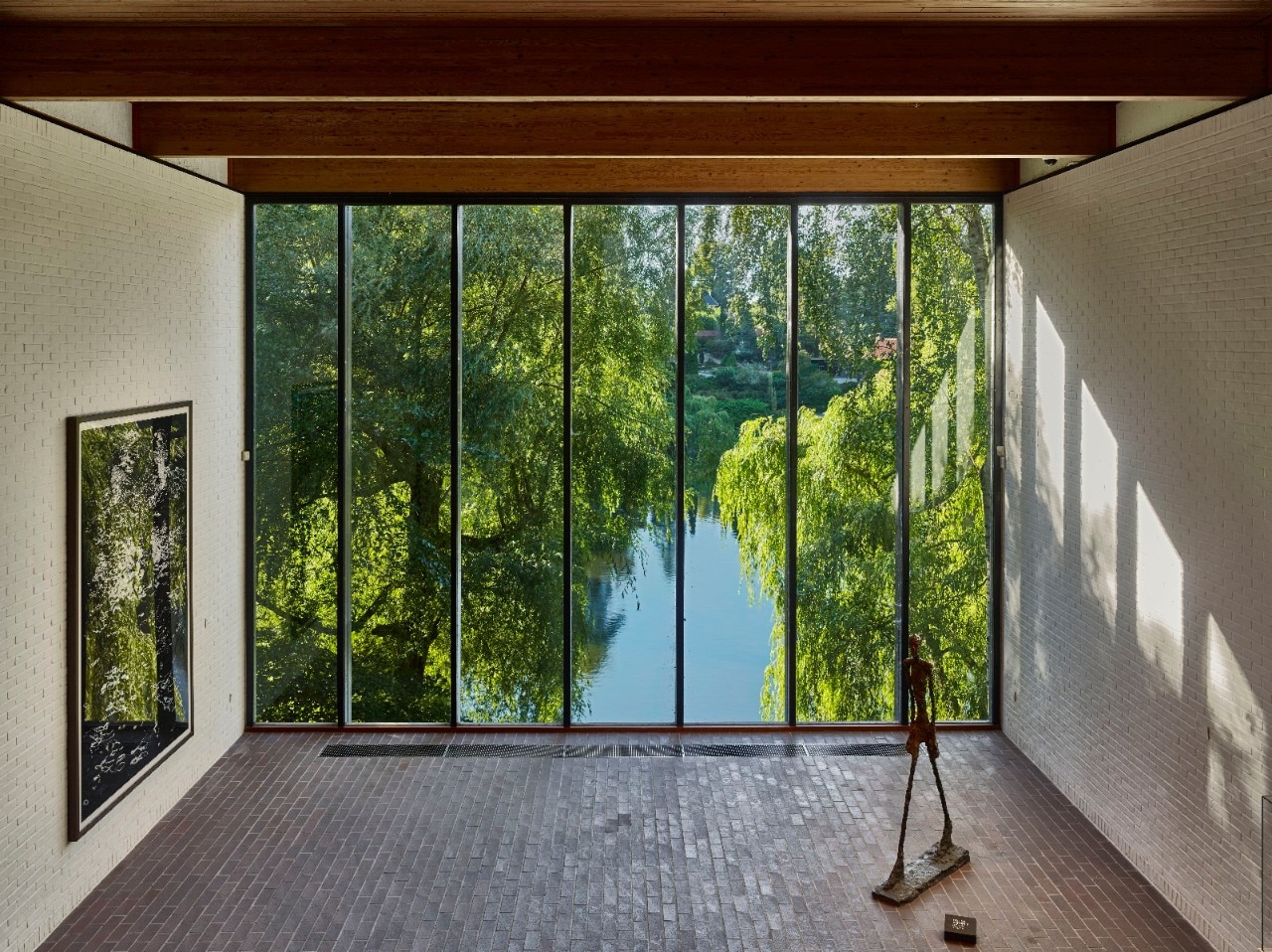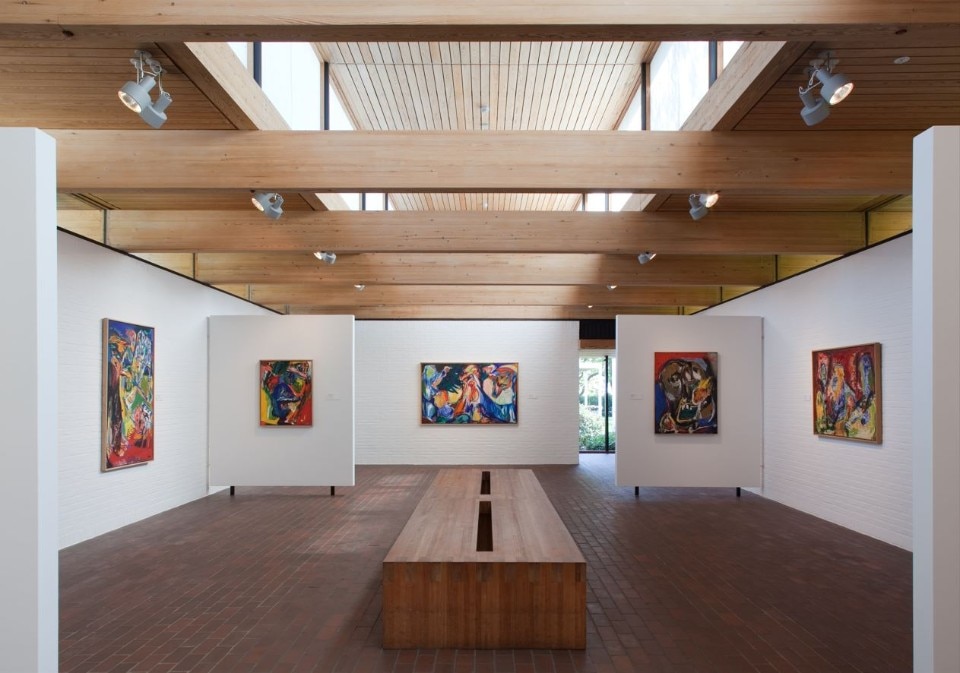Saying that a work of art is “total” means that it transcends the physical limits of objecthood and engages the space and the viewer in a unique and “totalizing” experience.
And “total” is a term frequently applied to architecture – intended as an artistic discipline as well. And a museum is the perfect place for establishing a profound connection between the artwork, the spatial context, and the visitors who pass through to contemplate. When then the museum does not close in on itself, but opens to embrace its peculiar surroundings, it shapes a real “landscape” that creates an ideal frame that hosts the whole.
Museums worldwide that simultaneously encompass abstraction and concentration are rare, making the Louisiana museum an internationally admired example.
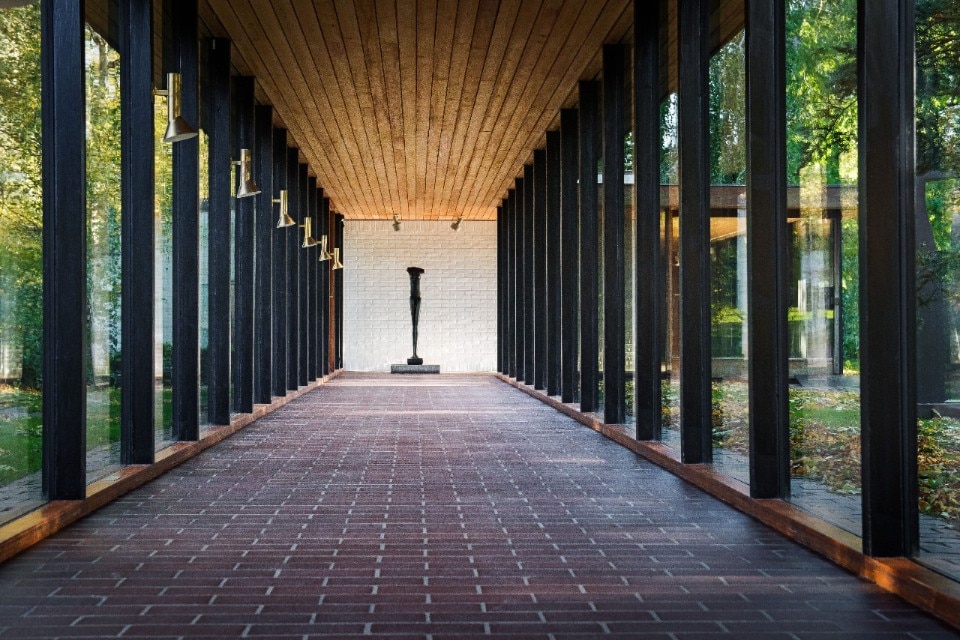
The founder and director of this museum was Knud W. Jensen, a businessman, publisher, and cultured patron, who in co-founded the association “Art at the Workplace,” which lent artworks to workplaces to make art part of people's daily lives.
It moved away from the old notion of a monumental museum and towards the new idea of a museum to be ‘inhabited.’
The Louisiana Museum of Modern Art was founded in 1958 in Humlebæk, a few kilometers north of Copenhagen. The museum had a dual purpose: to give emerging modern art the deserving and necessary attention and to foster a connection with contemporary Danish middle-class society in a place that would best enhance it and showcase its relation to the exhibition space.
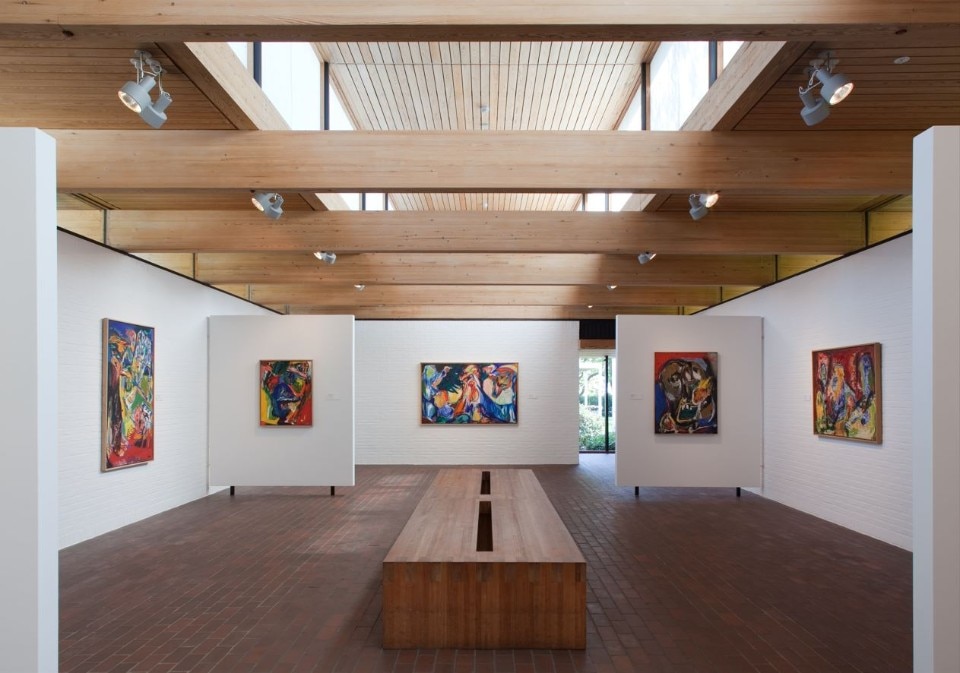
Partially thanks to a visit to the second Documenta in Kassel in 1959, the cultural arts enterprise immediately gained new momentum. This allowed it to transcend the national boundaries in terms of the works collected and the artists involved, embracing international art, temporary exhibitions, and a diverse range of expressive languages, including music, theater, dance, film, literature, and design. The Louisiana museum swiftly aimed to establish itself as a focal point for artistic ideas, actively engaging the public in cultural and political discourse. Departing from the concept of a static, historical, retrospective museum, it embraced a dynamic, alive, and attractive approach. It moved away from the old notion of a monumental museum and towards the new idea of a museum to be “inhabited.”
The initial core of this architectural complex is a charming country residence commissioned in 1855 by Alexander Brun, a military officer and royal hunting master who indulged in leisure and pleasure activities here. He named it Villa Louisiana, in homage to his three wives, who were all named Louise.
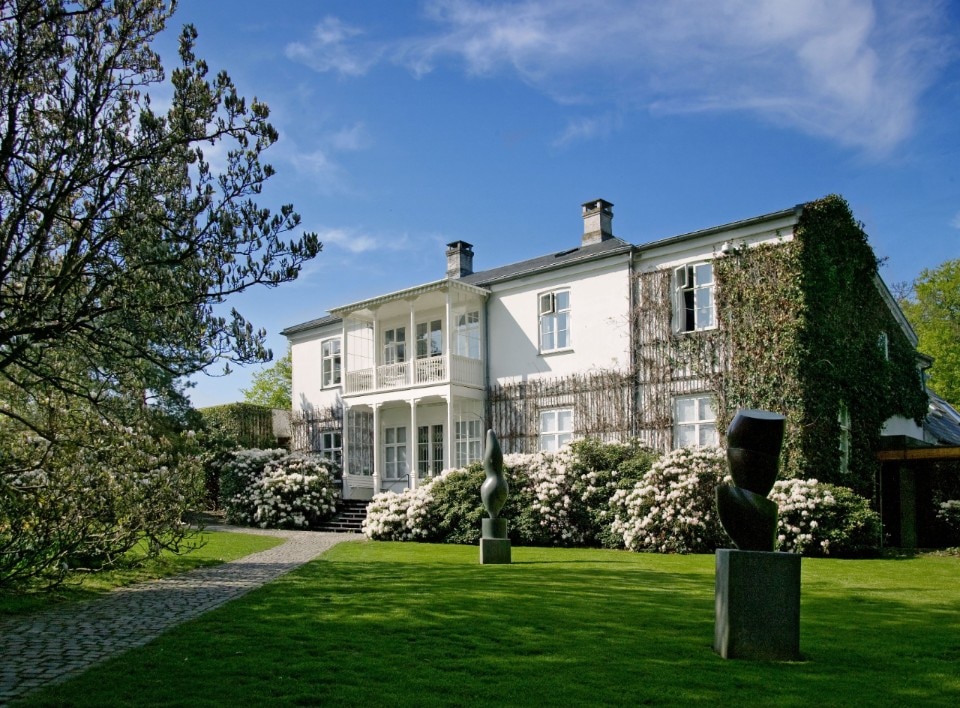
Both the villa and its unique and distinctive name remained foundational elements, inspiring the broader vision to construct pavilions within the park, overlooking the sea. This vision aimed for a seamless integration of art, humanity, and nature.
The architects involved, Jørgen Bo and Vilhelm Wohlert, masterfully interpreted this holistic vision. Their progressive design, starting from the villa which serves as the point of entry and reception, gracefully meanders horizontally through the park, subtly blending elements of typically Scandinavian architecture with traits of American organic modernism and Japanese minimalist design.
The result is an articulated complex where two main wings extend, embracing the horizon towards the sea, while a final underground section completes the circuit, creating a continuous pathway with a sculpture park at its center.
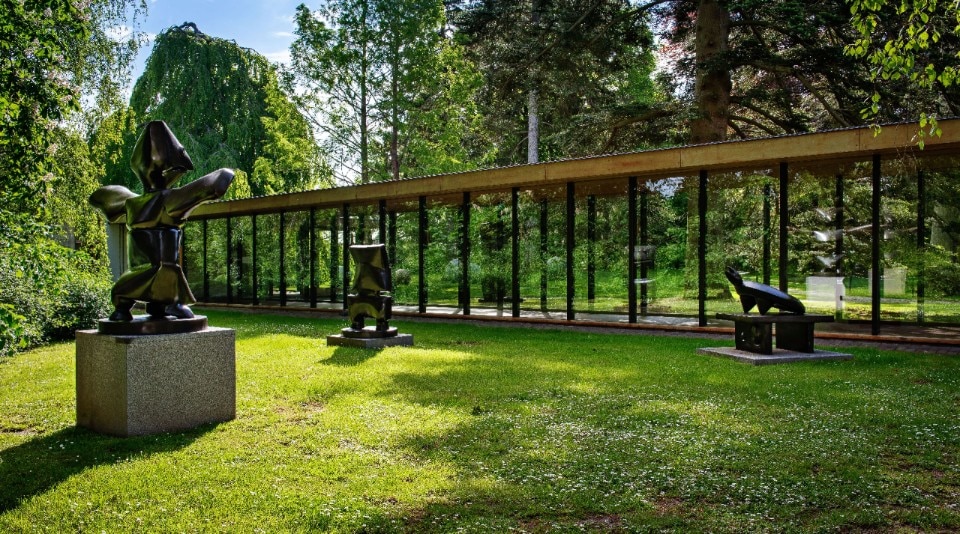
In each section, uniquely designed spaces offer surprises, constantly to suit the landscape and exhibition needs. These spaces vary in height, width, and illumination, with some offering expansive views and natural light, while others are enveloped in half-light. White plastered brick walls, laminated wood ceilings, and deep red modular floors are complemented by large transparent windows in lounges or passage areas. These windows open up to the surrounding landscape, contributing to the complex’s extraordinary architectural permeability.
In addition to the exhibition halls and galleries, a rooftop restaurant was promptly established. Over the years, the complex expanded to include a concert hall, a cinema, and a dedicated wing designed for children to engage with and experience art.
The Louisiana Museum recently celebrated its 65th anniversary and continues to serve as a pioneering example of what a contemporary museum should embody. Indeed, it should foster a less institutional and didactic approach to engaging with art and emphasize informality, slowness, and an organic connection with one’s free time. Visitors here should be encouraged to take personal enjoyment in understanding and reflecting on exhibition contents and the meanings of artworks. It should be a sanctuary for art appreciation, where visitors can peacefully inhabit spaces and immerse themselves in nature.
Tutte le immagini courtesy Louisiana Museum of Modern Art


